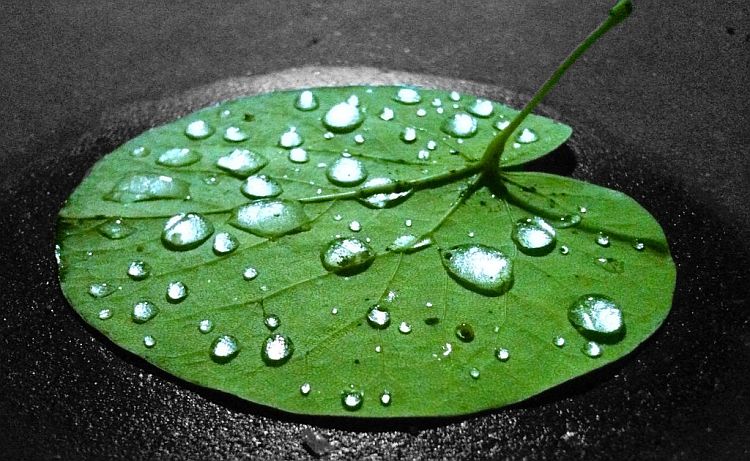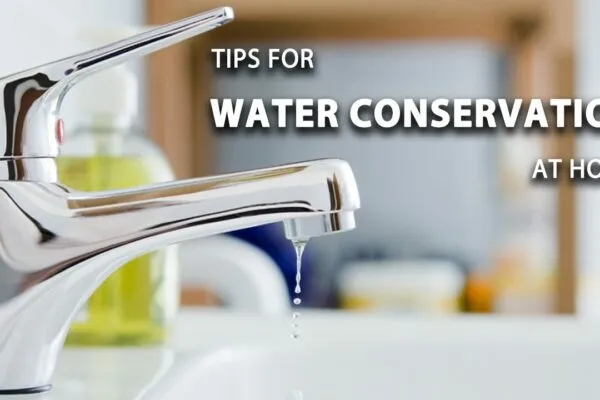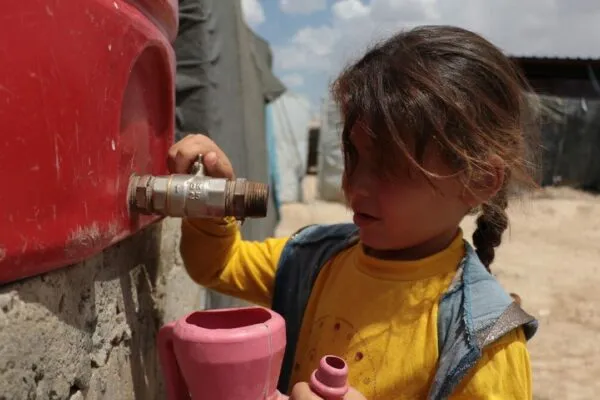Greek researcher creates special water collection method for low rainfall areas

In areas where rainfall is scanty, the best idea is to collect most water possible. Sadly, even in Mediterranean areas, level of awareness is not as much us we would expect. With an idea to make a difference, backed with impetus from the European Research Council (ERC), Athanasios Papathanasiou has been working on developing super water-repellant materials that would help in water collection.
Seems an idea well thought!
Athanasios Papathanasiou is an Assistant Professor at the chemical engineering department at National Technical University of Athens (NTUA). The Greek scientists has been working independently to create synthetic “ultra-hydrophobic” surface, which will be capable of even collecting droplets of water from moisture and mist.
The level of rainfall has been receding by up to 100mm a year in the last six decades. This has made the issue of collecting water in areas of low rainfall even more important. While most countries have stated finding innovative methods to collect water, Papathanasiou method has caught the eye of the European Research Council.
The European Research Council has funded Professor Papathanasiou’s research with 150,000 euros under program ‘Hydrofakir’. The money which will be targeted at the final stage of development and using his research for affordable commercial applications, primary of them being to create surfaces for water collection.
Papathanasiou’s idea is to either build a cost effective ultra-hydrophobic, water-repellent machine, or create materials with such properties for third party manufacturers.
According to Papathanasiou, the surface of his materials is influenced by lotus leaves that allow the water to rest on it without absorbing it.
Papathansiou’s materials can take any shape, and being ultrahydrophobic in nature, the water droplets from moisture and mist will roll on the surface instead of becoming absorbed. The surface is wetted and the water can be collected.


